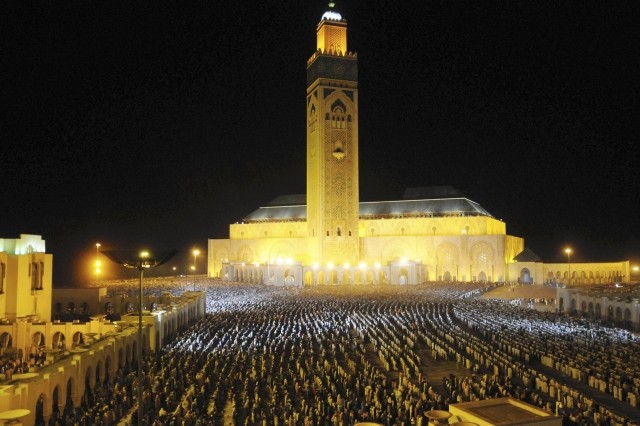Eid al-Fitr 2012: End of Ramadan Festivities around the World [PHOTOS]
Muslims around the world observed Eid al-Fitr on 17 August with prayers and celebrations to mark the end of Ramadan, the Islamic holy month of fasting.
Unlike the first day of Ramadan, which is observed with a sighting of the crescent moon in the western sky at sunset, Eid al-Fitr falls on the last Friday of the holy month (or on the first day of Shawwal), the month that follows Ramadan. The practice of a month-long fast during Ramadan is also believed to propitiate divine blessings, as are acts of charity, donation and kindness.
Eid al-Fitr is popularly called the Festival of Fast Breaking, as it comes at the end of a holy period in the Islamic calendar that calls for all devout Muslims to abstain from food, drink and other worldly pleasures from dawn to dusk. The three-day festival, commonly abbreviated to Eid, consists of offering prayers at mosques followed by sumptuous meals.
Ramadan, the ninth lunar month of the Islamic calendar, is considered the most sacred, for Muslims believe it was a night in this month that the Quran (the religion's holy scripture and believed to be the word of God) was revealed to Muhammad, his prophet, by the angel Gabriel. The night is called Laylat al-Qadr or the Night of Decree. This year, the night of 14 August was the anniversary of the Laylat al-Qadr.
From the Hassan II Mosque in Morocco to the Dome of the Rock in Jerusalem's Old City, scroll down to see the end of the holy month of Ramadan and the beginning of the Eid festivities, around the world...







© Copyright IBTimes 2025. All rights reserved.






















